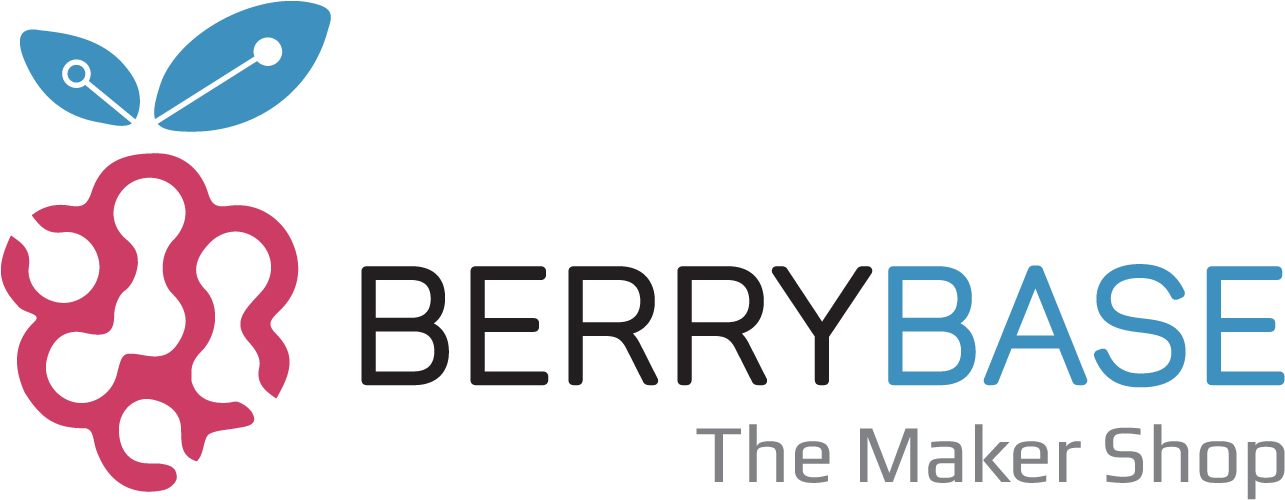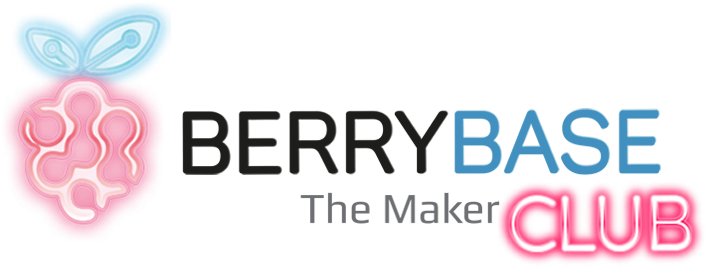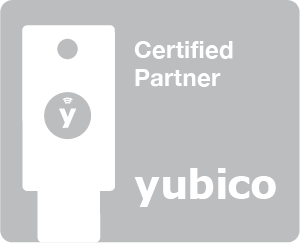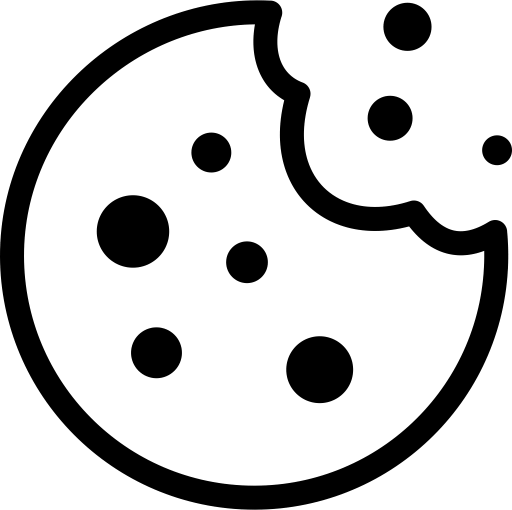Discover the world of diodes: Your comprehensive overview
Diodes open the doors to a fascinating and complex world of electronics. In this category, you will not only find everything you need to know about diodes, but also have the opportunity to purchase the right diodes for your project directly from our shop. Whether you are just starting out with electronics or are already an experienced hobbyist - here you will find in-depth information, practical tips and, of course, the right products. Discover the variety!
What does a diode do?
The diode is an indispensable electronic element that is primarily used to control the flow of current in a circuit in a direction known as the forward direction.
Practical applications of diodes
Diodes are versatile electronic components that are used in numerous areas of application. Whether protecting sensitive electronics, power generation or lighting technology, their functionality and reliability make them an indispensable part of many technologies. Below you can find out more about some practical and everyday applications of diodes.
1. rectification: Diodes play a crucial role in rectifier circuits by effectively converting alternating current into direct current. This is particularly important for devices that require a steady and uninterrupted power supply, as diodes minimise unwanted current fluctuations.
2. voltage protection: Diodes serve as reliable protection for sensitive electronic circuits, especially when it comes to defence against dangerous voltage spikes. Protection diodes are able to safely dissipate excess voltages and thus protect the components behind them.
3. light emitting diodes (LEDs): LEDs are special diodes that emit light when current flows through them. With their energy-efficient and long-lasting technology, they are revolutionising the lighting and display sectors and are used in a wide range of applications, from torches to screens.
4. solar cells: Photovoltaic cells, the core components of solar panels, use diodes to convert sunlight into electrical energy. They enable the conversion of solar radiation into usable electricity and thus contribute to sustainable energy generation.
5. logic circuits: Diodes are indispensable elements in logic circuits and digital systems. They are used to control and modify electrical signals, enabling complex electronic operations and calculations.
The different types of diodes
It is important that you are familiar with the different types of diodes available on the market, including the Z-diode and the Zener diode. Each diode is designed for different applications and functions.
What is a Schottky diode?
A Schottky diode is a special diode with low forward voltage and fast switching times that are ideal for applications where minimal voltage drops and fast switching times are required.
How is a diode constructed?
Basically, a diode consists of a P-N junction formed by p-type and n-type semiconductor materials, with the current flowing from the P to the N region.
How do you connect a diode?
Connecting a diode is straightforward: You integrate it into the circuit in such a way that the current can flow in the forward direction. You must pay attention to the polarity of the diode.
What to consider when buying a diode
If you want to buy a diode, it is important to understand the different types and their specific properties and applications in order to select the right component for your project.















